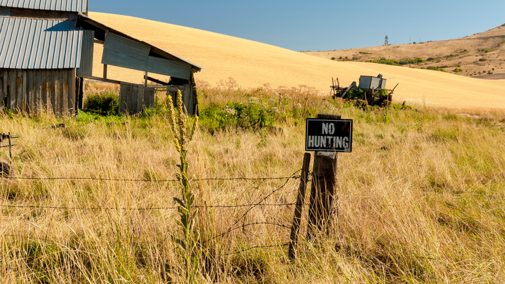Frosted Sorghum and Prussic Acid
As fall progresses, temperatures continue to drop, and chances of a freeze grows. When frosts hit the Great Plains and Midwest, do you know the impact on forages and how can livestock be kept safe?
Short-term freezing temperatures may cause sorghum species such as sorghum-sudangrass or any grain (milo) or forage sorghum to become lethal to livestock. Prussic acid forms when plant cell membranes are broken due to freezing and allows the chemicals in the cells to mix. This forms a cyanide compound that can be deadly to livestock if consumed. Sudangrasses have the lowest risk while forage and grain sorghum have the highest. The millet species do not have prussic acid issues.
The good news is that after five days, the toxic chemicals dissipate into the air. Every time there is a freeze (without temperatures low enough to completely kill the plants), that five-day clock resets, just like the 30-minute lightening delay at football games. The new growth on sorghums that have had frost damage are very dangerous as they have the highest concentrations of prussic acid.
If there is a chance of freezing temperatures, remove livestock from the pasture and wait five days before grazing once again. The hours immediately after a frost have the highest level of toxic compounds. If there is regrowth in the days after a freeze, wait to begin grazing until those shoots are 15-18 inches tall or five days after the plant has been completely killed by the frost. If sorghum family plants have had extra nitrogen applied or are growing in high nitrogen soils, the risk of prussic acid is even higher.
Hunting Rights and Land Leases
Amid market volatility, some producers may be exploring additional income opportunities. One potential option they’re considering is hunting. A common question for those leasing land is: who holds the hunting rights?
In a written cropland or pasture lease, it’s possible to specify who has hunting rights. If the lease doesn’t explicitly reserve hunting rights for the landlord, those rights typically belong to the tenant for the lease term.
In Nebraska, property owners have the right to inspect their properties to ensure compliance with the terms of the lease. This includes checking for proper maintenance of fencing, adherence to environmental guidelines, and any other lease-specific conditions. However, these inspections typically require prior notice to tenants and should be conducted at reasonable times.
In cases where the lease is unwritten, hunting rights usually default to the tenant, unless otherwise agreed upon by both parties. This principle is based on the idea that, without specific restrictions, the tenant has the full right to use the land — excluding others, including the landlord — during the lease period. This may come as a surprise to some landowners, who might assume they automatically retain certain property rights that, in reality, pass to the tenant.

